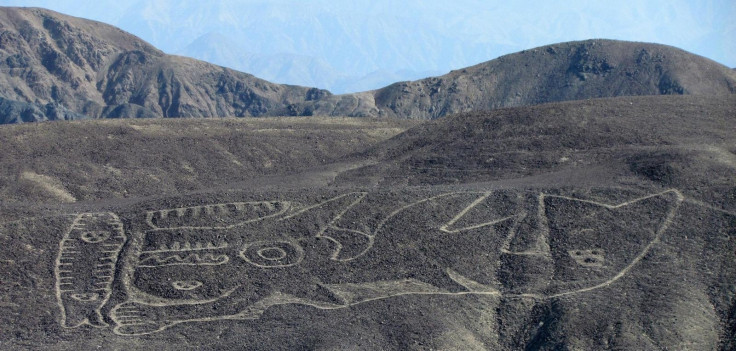2000-year-old geoglyph in Peru desert revealed to be that of killer whale
The 230-foot-long figure was discovered in the legendary Nazca Lines archaeological site of Peru.

Researchers have confirmed that a geoglyph discovered in a Peru desert is that of a killer whale. The image of the orca has been etched into the hillside in the legendary Nazca Lines — an archaeological site known for its series of large ancient geoglyphs.
Archaeologist Johny Isla, the head of Peru's Ministry of Culture in Ica province recalled seeing the image in an archaeological catalogue of geoglyphs printed in the 1970s based on German research done in the 1960s. He was studying at the German Archaeological Institute in Bonn at the time but was unable to trace the location of the site.
"It was not easy to find it, because the [location and description] data were not correct, and I almost lost hope," he told Live Science. "However, I expanded the search area and finally found it a few months later," in January 2015, Isla added.
It was surmised to be a depiction of a large sea animal and after years of restoration and study, researchers from the Commission for Archaeology of Non-European Cultures (KAAK) of the German Archaeological Institute along with their partners from the Instituto Andino de Estudios Arqueológicos (INDEA) were able to confirm that the etching was that of an orca.
According to Peruvian lore, the large marine animal is considered a powerful, semi-mythical creature.
Researchers have reason to believe the geoglyph may be more than 2,000 years old. "Perhaps it is the oldest geo-glyph of the Nasca era," Markus Reindel, archaeologist from KAAK and head of the Nasca Palpa project, told the German newspaper Welt.
The Nazca Lines is made up of roughly 1,500 geoglyphs, most of them dating from 200 BC to 600 AD. In the case of the orca, portions of the image were created in negative relief, by removing a layer of the hillside to create the lines. The same technique was used in creating some of the older geoglyphs in the region.
Scientists are yet to determine why the image of a large marine mammal was featured on a hill in the Nazca Dessert. The ancient art work features various symbols and a "trophy head", which could indicate a religious purpose to the image.






















